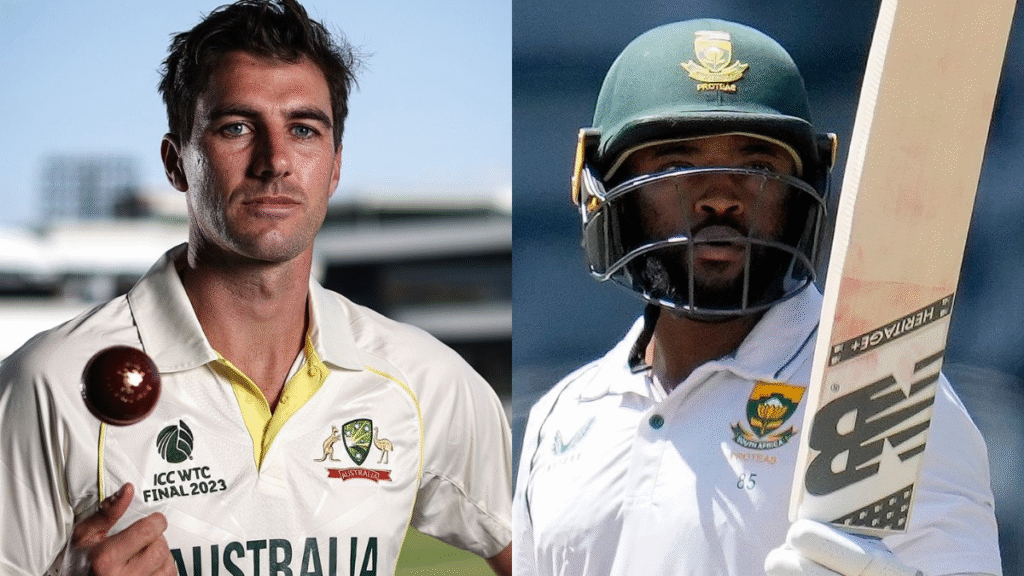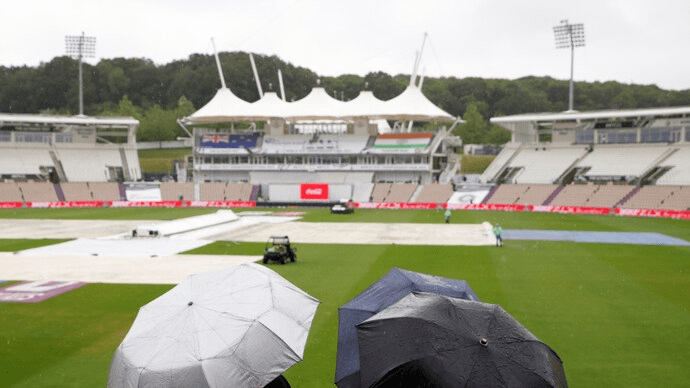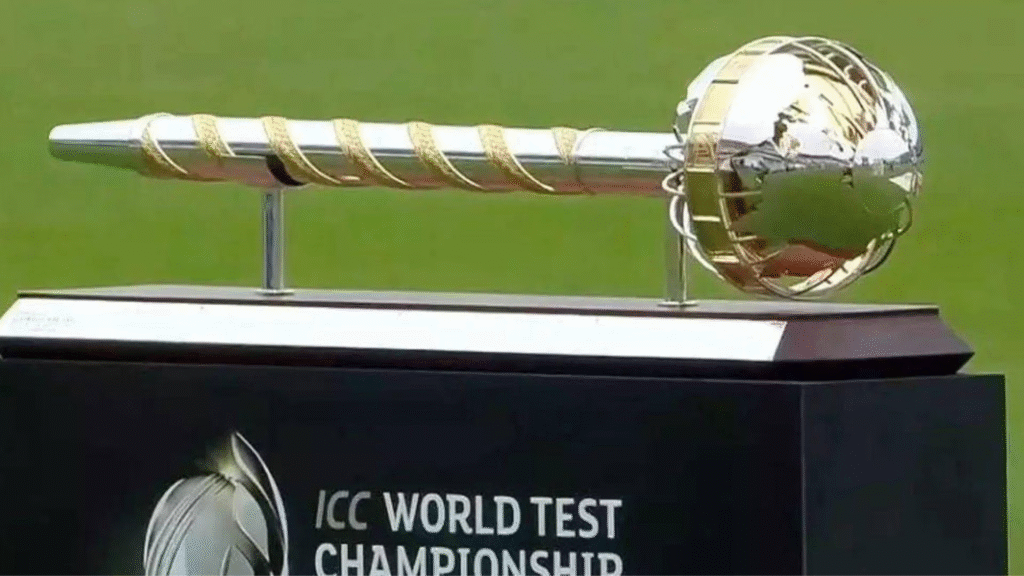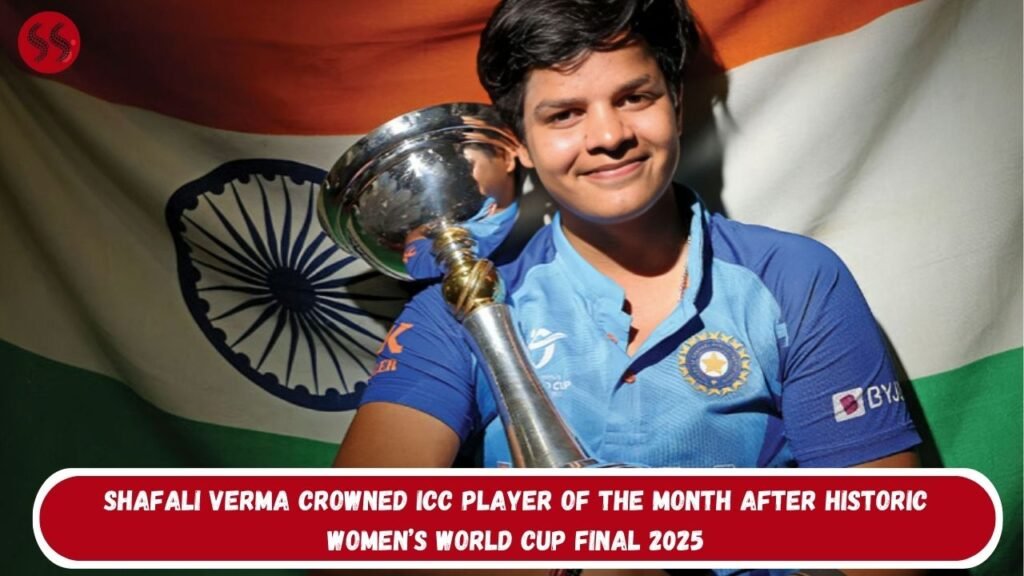The ICC World Test Championship (WTC) represents the zenith of red-ball cricket, a format steeped in tradition, grit, and character. Launched in 2019 to bring context and significance to bilateral Test series, the WTC spans over two years and culminates in a one-off final, essentially the “Test World Cup.” It’s a battle of endurance, mental fortitude, and technical supremacy. Teams from across the globe compete through gruelling home and away series, only for the top two to earn the right to face off in a high-stakes final.
The Prestige of the WTC Final

Whether it’s the historic Lord’s in England or the picturesque Oval, the WTC final is not just a game; it’s a culmination of years of planning, selection gambles, injury comebacks, and countless sessions in the nets. The players who feature in this one-off clash often represent the very best their nations have to offer.
Pat Cummins (Australia) – A fiery leader and a bowler with near-perfect seam control, Cummins led Australia in the WTC Final 2023. With his ability to extract life out of any pitch and bowl marathon spells, Cummins remains the face of Australia’s Test resurgence.
Virat Kohli (India) – India’s talismanic batter and former Test captain, Kohli thrives in pressure scenarios. His 2021 and 2023 WTC campaigns were crucial, with his aggressive captaincy style and fluent stroke play keeping India in the hunt.
Kane Williamson (New Zealand) – The calm commander. Under his leadership, New Zealand became the first-ever WTC champions in 2021. His innings of 52* in the final against India was a masterclass in patience and control under immense pressure.
Steve Smith (Australia) – The architect of many Australian wins, Smith’s quirky technique and insatiable appetite for runs make him one of the most formidable batters in the format.
Ravindra Jadeja (India) – A true all-rounder in the purest form, Jadeja’s impact with both bat and ball in Test cricket makes him a game-changer. His spin bowling, especially in the fourth innings, is lethal on wearing pitches.
These are just a few among the many modern greats who prepare for years to play in the WTC final. With such high stakes and world-class talent on show, the thought of the match ending without a winner is both frustrating and intriguing.
What Happens If the WTC Final Ends in a Draw or Tie?
This decision is rooted in the fact that the WTC final is a one-off Test match, unlike the usual five-match series that offers room for a comeback or swing in momentum. A draw or tie in such a short window doesn’t provide a fair enough result to separate the teams definitively.
Let’s break it down:
- Draw: A match is declared drawn if neither team wins at the end of the five scheduled days. This is especially common in rain-affected games or when batters play out time with wickets in hand.
- Tie: Incredibly rare in Test cricket, a tie happens only when both teams have completed their innings and have the same total runs.
To date, only two Test matches in history (out of over 2,000) have ended in a tie:
- India vs Australia (Chennai, 1986)
- Australia vs West Indies (Brisbane, 1960)
The Role of the Reserve Day

The ICC allows for a reserve day in the WTC final. This is not an extra sixth day of play but rather a contingency to make up for any lost time due to weather or bad light during the scheduled five days.
- The reserve day comes into effect only if overs are lost and cannot be made up during the standard playtime.
- It cannot be used to push for a result if the full quota of overs has already been bowled.
Therefore, even with a reserve day, if no outright winner emerges by the end of the scheduled or extended time, the final is declared drawn, and the teams are crowned joint winners.
Is This Format Fair?
Critics argue that a one-off Test doesn’t do justice to a two-year-long championship. A team could dominate the entire WTC cycle but have one off-game and lose it all. On the other hand, supporters of the format claim it adds to the thrill and prestige, much like a FIFA World Cup final. There have been talks within the ICC about potentially introducing a three-match WTC final series in the future, but for now, the rule stands that a draw or tie results in joint champions.
Final Thoughts

The World Test Championship final is the pinnacle of Test cricket, a format often overshadowed in the T20 era. And while it’s a spectacle that fans and players await with bated breath, the rules make it clear: if the ends without a winner, both teams share the glory. It’s a scenario that adds a unique twist to the modern cricket narrative, reminding us that sometimes, even in a fiercely competitive world, honours can be shared when the battle is too close to call.
READ MORE:



